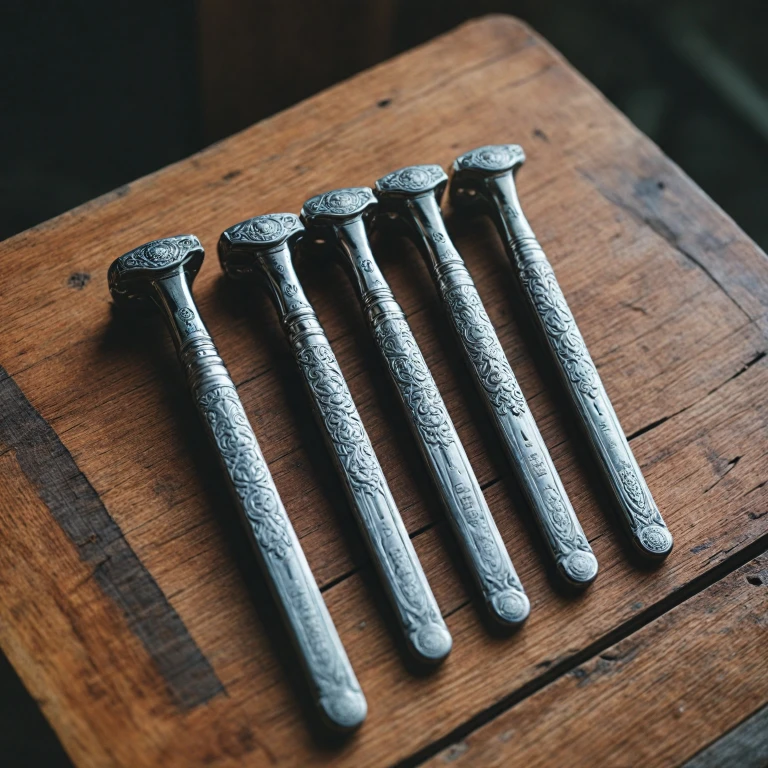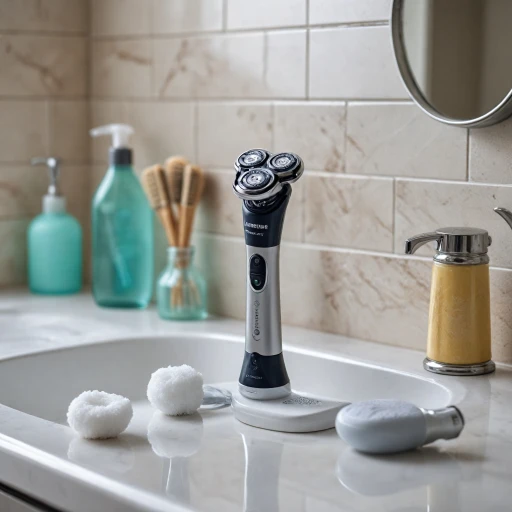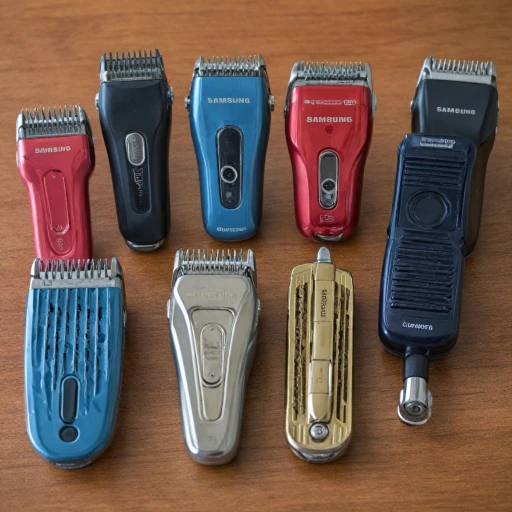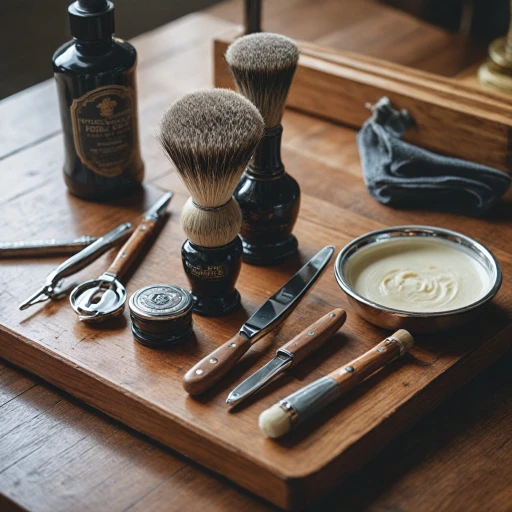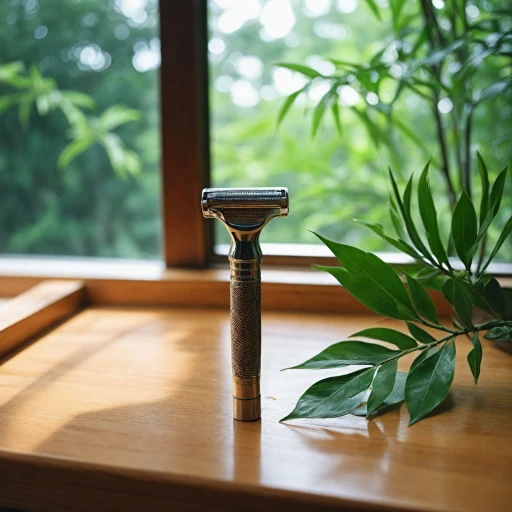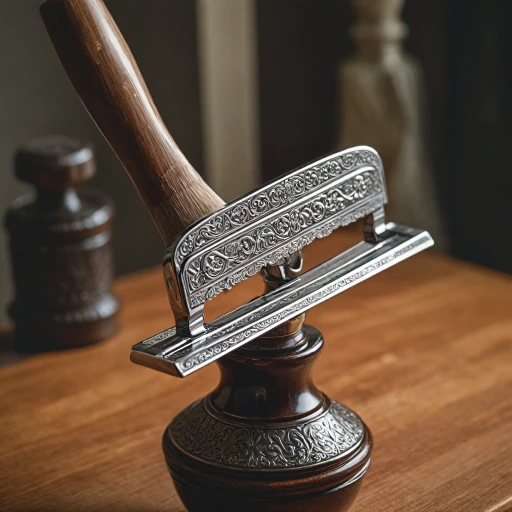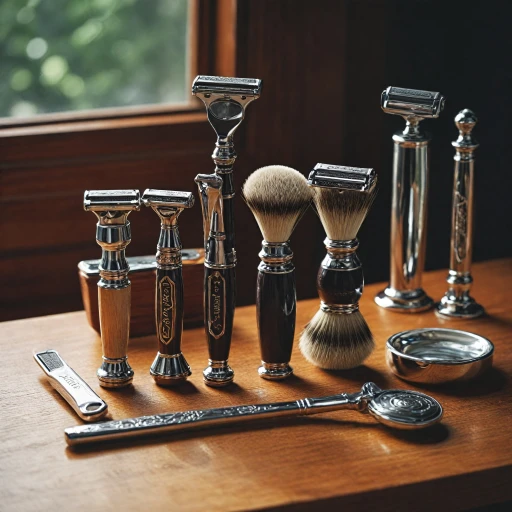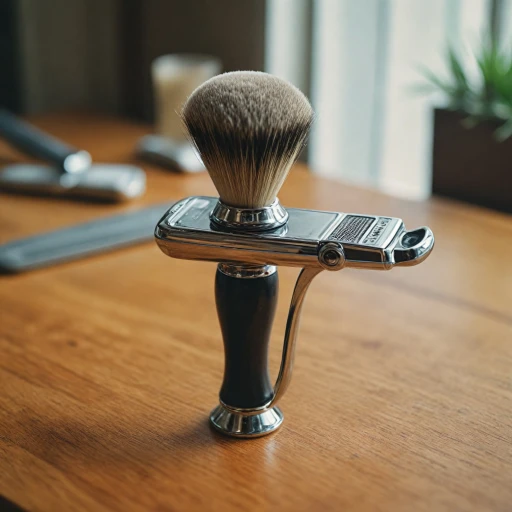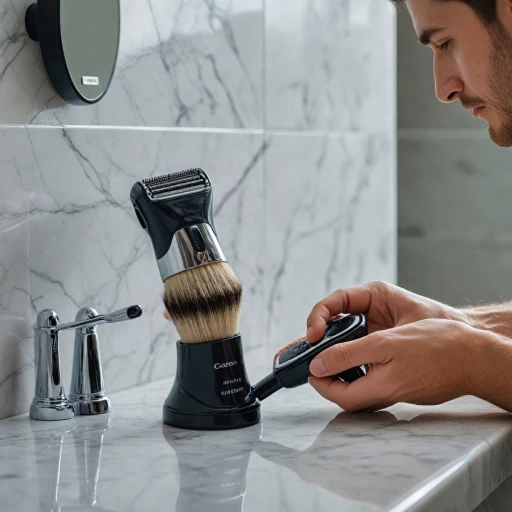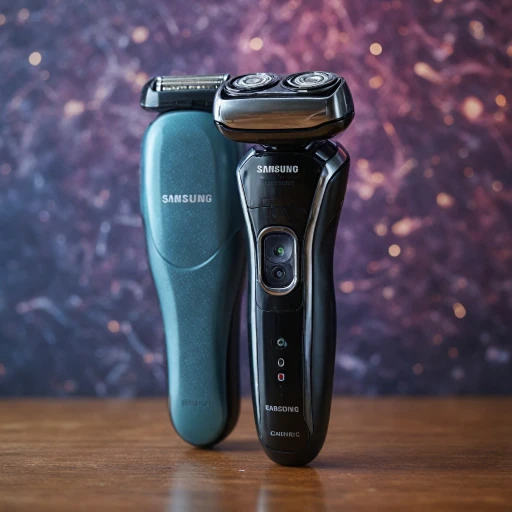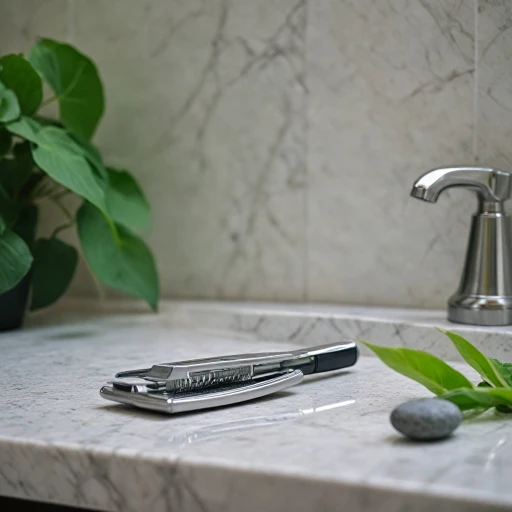
Understanding the Cut Throat Razor
Delving into the Essentials of Cut Throat Razors
The cut throat razor, or straight razor, is a timeless tool that has maintained its place in the grooming world despite the introduction of electric shavers. This classic shaving tool consists of a single blade that folds into its handle, typically made from materials such as stainless steel or high carbon steel. Using a cut throat razor requires skill and precision, as it demands a steady hand to glide the blade effortlessly across the skin. This method of shaving provides an unparalleled close shave, which is often appreciated by enthusiasts who enjoy the ritual aspect of shaving. The price range for cut throat razors varies significantly, with some models fetching a hefty unit price due to unique designs or specialized steel. Brands like Dovo Shavette and Parker are renowned for their precision-engineered safety razors, offering users options at a regular price or even a sale price. Hollow ground blades are particularly favored for their thin edges and ability to deliver a sharp, consistent shave. The experience of using a straight razor or shavette straight can serve as a striking contrast to technological advancements in electric shavers. As shaving technology continues to evolve, the preferences between traditional and electric remain subjective, largely influenced by personal comfort and desired results. If you're considering shifting from electric to traditional, studying the reviews of models like the Dovo or exploring the origins and craftsmanship of Thiers Issard razors might provide the insightful view necessary to make an informed choice. For those curious about expanding their grooming routine and seeking versatility, there are many resources and tips available for mastering both traditional and electric methods. Discover more at Mastering the Art of Using an Electric Shaver.Electric Shavers vs. Traditional Razors
Differentiating Electric Shavers and Traditional Razors
When browsing the myriad of shaving tools on the market, you'll notice the contrasting differences between electric shavers and traditional razors. Electric shavers, known for their speed and convenience, offer a stark contrast to the manual precision of traditional cut throat razors. Electric shavers have evolved substantially, providing a quick shave without needing water or shaving cream, perfect for the modern, fast-paced lifestyle.
Meanwhile, traditional razors, like the straight razor, offer a timeless, ritualistic experience. A timeless shaving experience often coveted for its closeness and precision. These razors, whether you're using a Dovo shavette or a Thiers Issard, exude craftsmanship and tradition, requiring skill and care.
Considerations such as price, maintenance, and personal comfort play a significant role in choosing the right tool. Electric shavers tend to have a higher initial price but lower maintenance costs. Traditional razors like the hollow ground straight razors have a lower upfront cost but require sharpening and more care over time.
The choice between these tools often boils down to personal preference, whether you favor the convenience of a quick electric shave or the artistry of a cut throat razor. Both tools have their distinct advantages and reviews praise the ergonomic handle and robust steel blade of a straight razor, while others highlight the adaptability and ease of use of electric units.
Technological Advancements in Electric Shavers
Revolutionary Features in Today's Electric Shavers
Electric shavers have come a long way from their initial design, offering more advanced features that cater to a modern audience seeking efficiency and comfort in their shaving routine. Here's a closer look at the technological advancements that set these devices apart from traditional options.- Blade Technology: Today's electric shavers often feature precision-engineered blades made from high-quality materials, such as stainless steel, providing a closer and more comfortable shave. Some models incorporate a shavette-style system for those who prefer the feel of a straight razor without the need for constant blade replacement.
- Adaptability and Flexibility: Modern electric razors come with flexible heads that adapt to the contours of your face, allowing for a quicker shave with fewer passes – a notable upgrade from the traditionally rigid designs. This flexibility is particularly beneficial for users accustomed to the contour-following characteristics of a hollow ground or original cut throat razor.
- Charging and Battery Life: Innovations in battery technology have led to longer-lasting power on a single charge, with some shavers offering the convenience of a quick charge feature. This ensures that even during sale price rush periods, users won’t be left with a dead unit when they need it most.
- Water Resistance and Versatility: A majority of electric shavers are now designed to be waterproof, allowing for both wet and dry shaving. This versatility is akin to the options available with a straight razor, providing users with the choice to shave with or without lather.
- Smart Features: The integration of smart tech, such as sensors that monitor beard density to adjust power accordingly, enhances the shaving experience. Some models even offer connectivity with mobile apps, allowing users to track their shaving habits and receive regular reviews and maintenance tips automatically.
Choosing the Right Electric Shaver for You
Finding Your Ideal Electric Shaver
Choosing the right electric shaver can make a significant impact on your grooming routine. With numerous options on the market, ranging in price from budget-friendly to premium, it's essential to understand what distinguishes each model.- Blade Types and Material: Whether you prefer a straight razor experience or a more modern electric model, blade quality is critical. Stainless steel blades are a common feature, known for durability and a clean shave. Consider the sharpness and precision of the blades, especially if you’re accustomed to the original feel of a cut throat razor.
- Motor and Power Source: Electric shavers come with various motor strengths. A more powerful motor can deliver a closer shave, similar to a straight razor, without the hassle of a blade. Decide whether you prefer a corded option or the convenience of a rechargeable battery.
- Design and Comfort: Different electric shavers offer various handle designs and ergonomics. As Dovo and Thiers Issard are famed for their throat razors, some brands focus on ensuring a comfortable grip and a lightweight unit that can mimic the ease of hollow ground blades.
- Adjustability and Features: Today's electric shavers come equipped with advanced features, such as adjustable heads and varying speeds. Consider what specific needs you have, be it a pop-up trimmer or a waterproof build for easy cleaning.
Maintenance and Care Tips for Electric Shavers
Keeping Your Electric Shaver in Top Condition
Ensuring a well-maintained electric shaver not only prolongs the unit's life but also guarantees a smooth shaving experience every time. Here are some tips to keep your shaver in prime condition, offering the closest cut akin to traditional straight razors.- Regular Cleaning: After each shave, it's essential to clean the shaver to remove accumulated hair and skin debris. Depending on the model, you might be able to wash the blade heads under running water. Always check the manufacturer's manual for specific instructions to avoid damaging the throat of your razor.
- Blade Maintenance: Much like caring for a traditional straight razor or a dovo shavette, ensuring that the blades of your electric shaver are sharp is crucial. Blades in electric shavers may not call for honing with a stone like a straight razor does, but replacing the cutting blades every 12-18 months can keep the shave up to the original standard.
- Lubrication: Just as with hollow ground and straight razors, lubrication is important. Some shavers will come with small bottles of oil; use these to keep the moving parts operating smoothly.
- Battery Care: Maintain the lithium-ion battery by not letting it deplete fully before recharging. This nurtures the battery lifecycle, helping you get the best performance for the unit price you paid.
- Proper Storage: Store the shaver in a dry area. Excessive moisture can lead to rust or dulling, especially on stainless steel razors.
Environmental Impact of Shaving Tools
Environmental Considerations of Shaving Tools
When evaluating the environmental impact of shaving tools, it's crucial to consider the materials and manufacturing processes involved. Traditional razors, such as the cut throat razor, often feature durable materials like stainless steel and hollow ground blades, which can last a lifetime with proper care. This longevity can reduce waste compared to disposable razors, which contribute significantly to landfill waste due to their short lifespan.
Electric shavers, on the other hand, present a different set of environmental challenges. While they eliminate the need for disposable razor blades, they rely on electricity and often contain plastic components. The production and disposal of these materials can have environmental consequences. However, advancements in technology are leading to more energy-efficient models and recyclable parts, which can mitigate some of these impacts.
For those considering the switch from traditional to electric shaving, it's important to weigh these factors alongside personal preferences and shaving needs. The regular price of electric shavers might be higher initially, but the long-term savings on razor blades and the convenience they offer can be compelling.
Brands like Dovo and Thiers Issard, known for their high-quality straight razors, offer alternatives such as the shavette straight razor, which uses replaceable blades. This option combines the traditional shaving experience with reduced waste, as only the blade needs replacing.
Ultimately, whether you opt for a straight razor, a shavette, or an electric shaver, being mindful of the environmental impact and choosing products that align with sustainable practices can make a difference. Consider reading reviews and researching the manufacturing practices of brands to make an informed decision.
